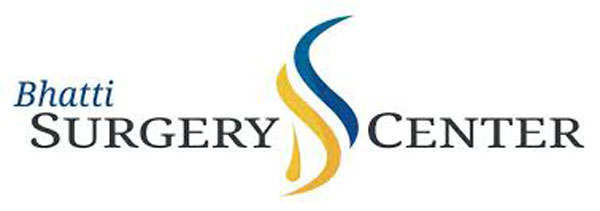Hernias represent weak spots or tears in the muscles of the abdominal wall, allowing bulging of intra-abdominal contents under the skin. These contents can be fat, bowels or other organs such as bladder or liver. A bulge is not always obvious, but patients may experience pain around the area of concern. Other times hernias can be completely asymptomatic and discovered incidentally of imaging studies performed for other reasons.
Hernias do not go away if left untreated. They tend to enlarge over time and sometimes can lead to serious complications that may require emergency surgery. Such is the case with gastro-intestinal blockage or strangulation.
Hernias can be located anywhere on the abdominal wall:
- In the navel (umbilical hernias)
- Above the navel in the absence of a previous operation (ventral hernias)
- At the site of a previous surgical scar (incisional hernias)
- Near a colostomy (parastomal hernias)
- In the groin (inguinal hernias)
While watchful waiting is a reasonable strategy for some types of hernias, surgical repair is typically recommended when hernias grow in size or they become symptomatic. Depending on the location, size and type of hernias, they can be repaired in open, laparoscopic or robotic fashion, and sometimes reinforcement of the repair with mesh may be required. The choice of technique and reinforcement material is done at the time of the preoperative visit, through a comprehensive discussion between the patient and the surgeon.
Procedures in Chaska, MN
Robotic-Assisted Hernia Surgery
Robotic surgery is a minimally invasive technique which allows performance of large operation through small incisions or stabs in the abdominal wall, leading to faster patient recovery after surgery. During the operation, the surgeon sits at a console near the operating room table, and controls tiny and precise instruments with articulating tips allowing performance of fine surgical maneuvers with increased range of motion in a three-dimensional visualization environment. In appropriately selected cases, robotic surgery leads to shorter hospital stay, decreased pain and complications, improved healing and faster return to work and physical activities.
Twin Cities Hernia Surgeons
Dr. Kudav and Erin Worden have extensive training and expertise in both robotic surgery and hernia repairs, and use a variety of techniques to achieve the best outcomes for our patients. They often receive referrals from other surgeons in the Twin Cities to assist with complicated hernia cases or mesh related problems.
For more information on hernia repair surgery, please visit our affiliated practice Minnesota Hernia Center.
